Exact Answer: 3 Days
As medical science has improved, every kind of surgery is possible today, including surgery from head to toe. Many surgeries are made possible today, like gum grafting.
It is performed to correct the gum recession, defined as a process in which the gum is covering the teeth in and around starts to pull back or sheds, exposing the teeth roots and making a gap between the teeth.
There are many reasons for gum recessions to occur. Moreover, it can also occur with age, but many people go through gum problems at a young age due to common reasons that such as excessive brushing and even genetic issues that may occur in the future.
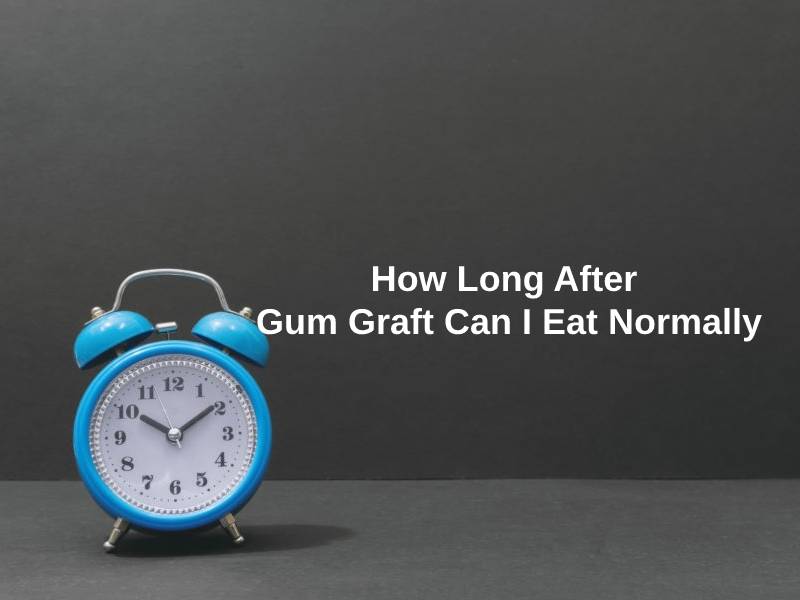
How Long After Gum Graft Can I Eat Normally?
Gum grafting is a process or surgery that is performed to correct gum recession. It is a simple and relatively quick surgery in which the dentist removes the excess gum from the mouth roof and uses them to fill the gums in the place of absence.
There are three ways or methods in which gum grafting can occur: cutting a flap to extract the excessive tissue (connective tissue grafts), removing the tissue directly from the mouth (free gingival grafts), pull-down method (Pedicle grafts)
The first surgery in which the doctor cuts a flap in the mouth roof to extract the excessive tissues and fills in the exposed roots and gaps using dental stitches. Furthermost, the doctor stitches the gum using dental stitches and closes the flap.
The second type of surgery is the most preferred surgery by the patients as it is the least painful method.

The doctor directly removes the gums layer from the mouth roof without incisions and then fills in the exposed teeth roots and the gaps between them and stitched them using dental stitches.
The third method the doctor uses the pull-down method. The dentist checks for excess layering above the teeth makes small incisions, pulls the tissue over the teeth to cover the roots, and stitches the gums.
Though the doctor may use a tissue bank to perform the surgery instead of cutting or making the incision, the patients prefer to use their gums to fill the gaps rather than from the tissue banks.
Why Does it Take so Long to Eat After Gum Grafting?
After the gum grafting, the person eating comes to a halt. Many factors lead to the recovery, but the most dominating is the condition of the gums and the person’s age.
The conditions play a vital role. For instance, a person with the worse gum condition would take a lot of time to recover than the person with still a better gum condition as the doctor would make a large number of incisions to treat the patient and fill in at the required places.
These stitches would take a lot of time to heal to stitch the flap and the teeth. This can bring a halt to eating, but the person with a better gum condition may recover soon.
Age also plays an important role. For instance, as the person grows old, the gums start to shed and become weak. Not only this, but the tissue counts decrease.

Therefore, an aged person whose gums are already weak due to excessive stitching and cutting and not having enough tissue count to cover the teeth adds extreme pressure and can lead to a lot of time recovering and eating.
A young adult is prone to the pain and can recover early and get back onto the actual diet.
After the surgery, the person must be on a liquid diet and only consume soft food like mashed potatoes that require least or no pressure on the teeth, so the gums have time to recover.
Conclusion
Gum grafting is a process or surgery that is performed to correct gum recession. It is a simple and relatively quick surgery in which the dentist removes the excess gum from the mouth roof and uses them to fill the gums in the place of absence.
There are three ways or methods in which gum grafting can occur: the immediate scrapping of the tissue from the mouth roof, cutting a flap, and the pull-down method, where the patients prefer primary scrapping connective tissue grafts.
After the surgery, the person must be on a liquid diet that includes only water and juice and not fizzy drinks.
Though gum grafting is a long process and affects eating after the gum grafting, the teeth’ conditions become good as the gums protect the teeth from many external agents.
References
2. https://www.karger.com/Article/Abstract/104453
3. http://www.quintpub.com/userhome/prd/prd_19_3_hurzeler_8.pdf

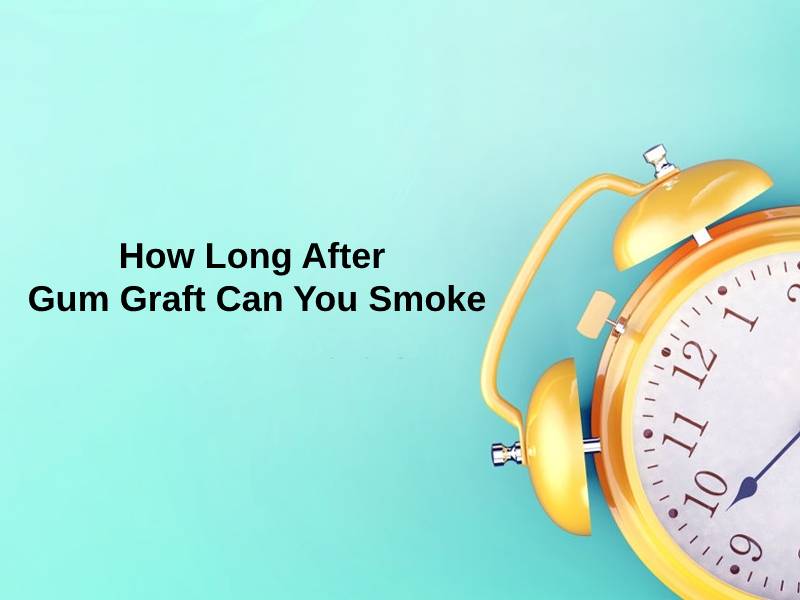
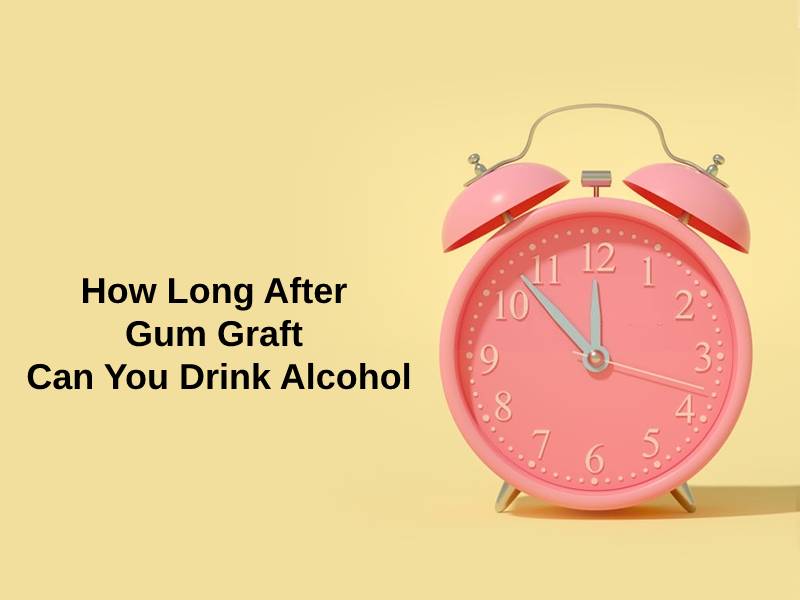
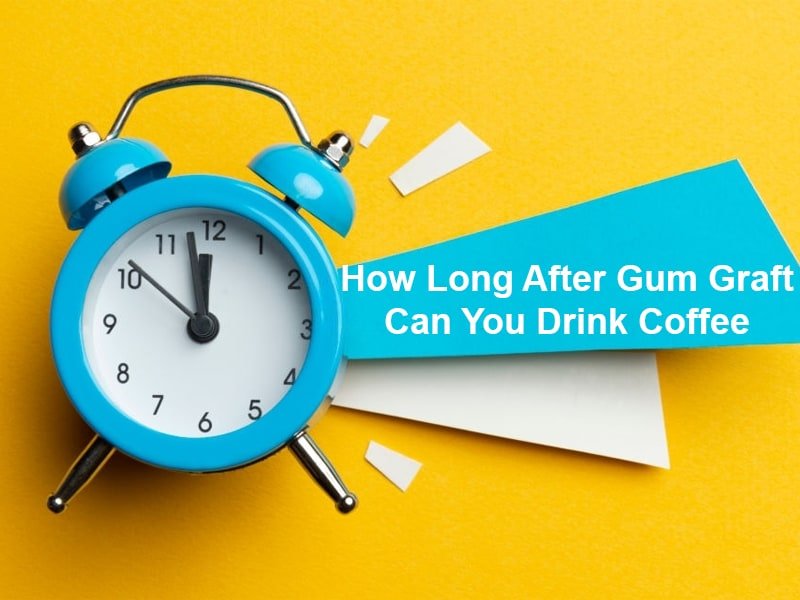
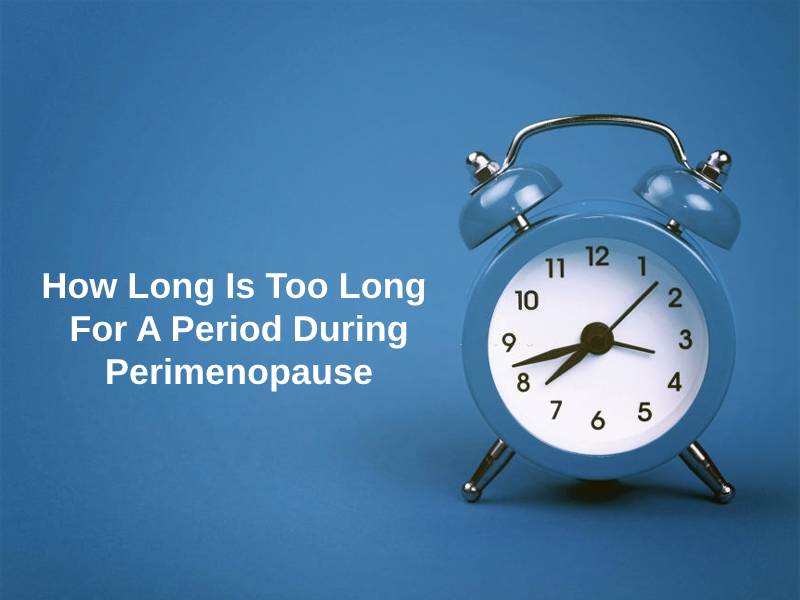
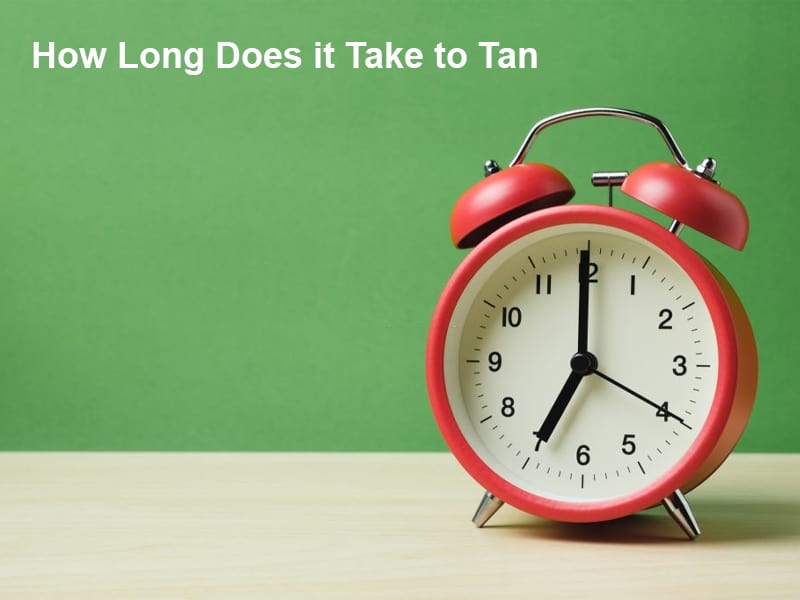


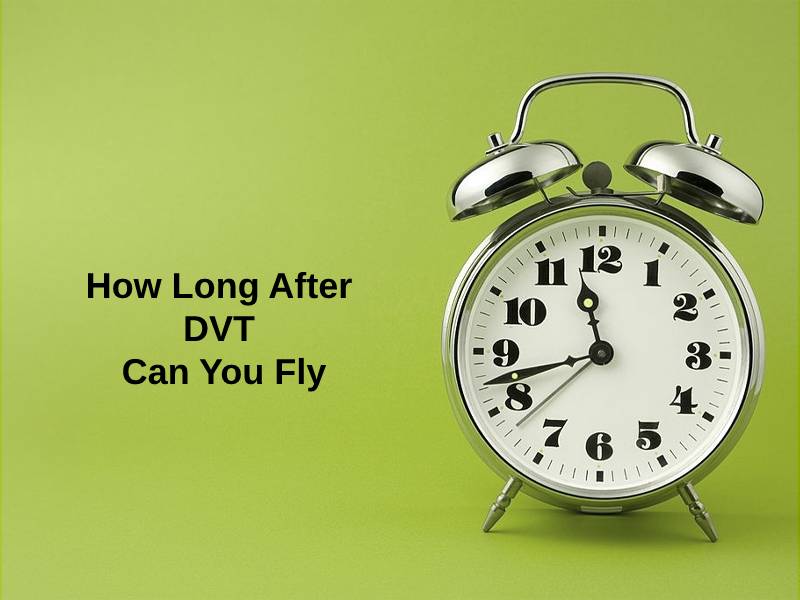

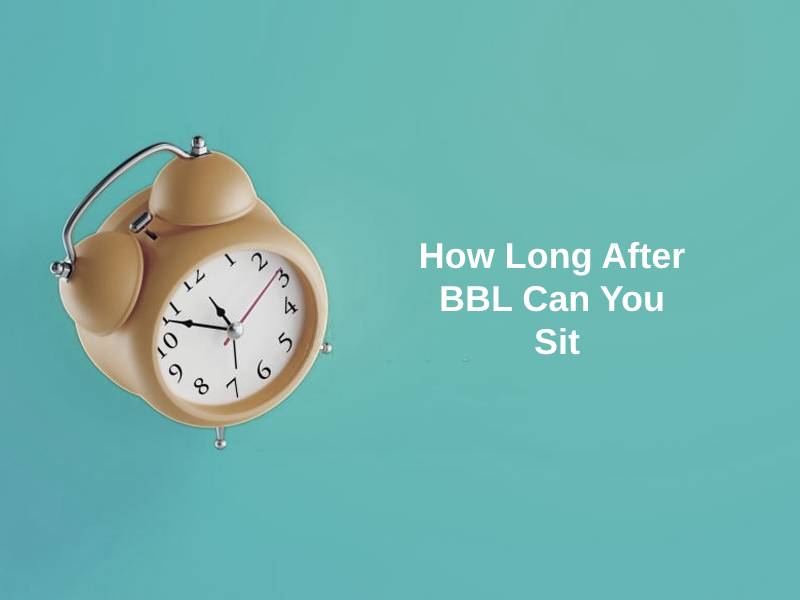


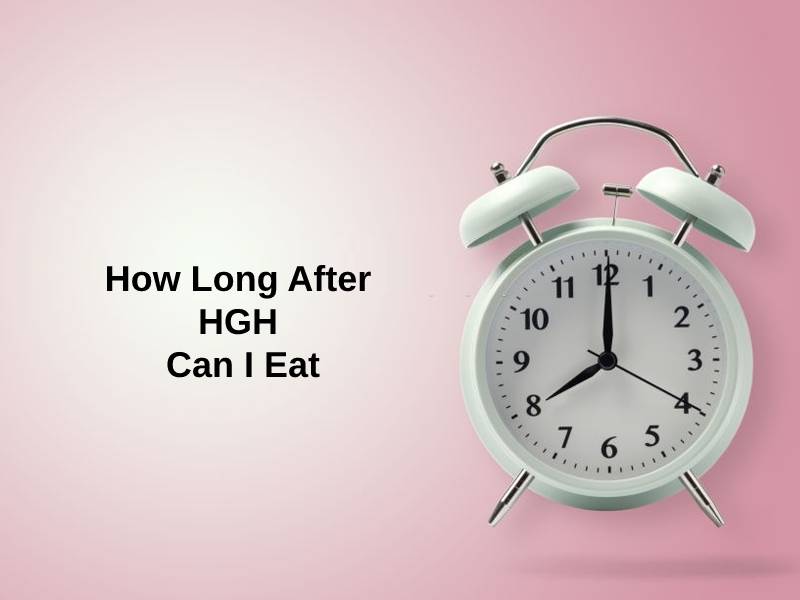
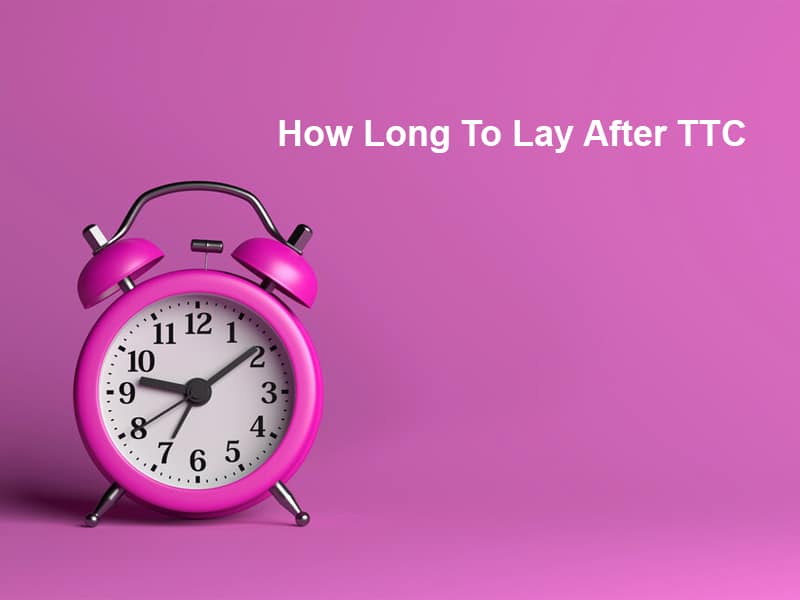


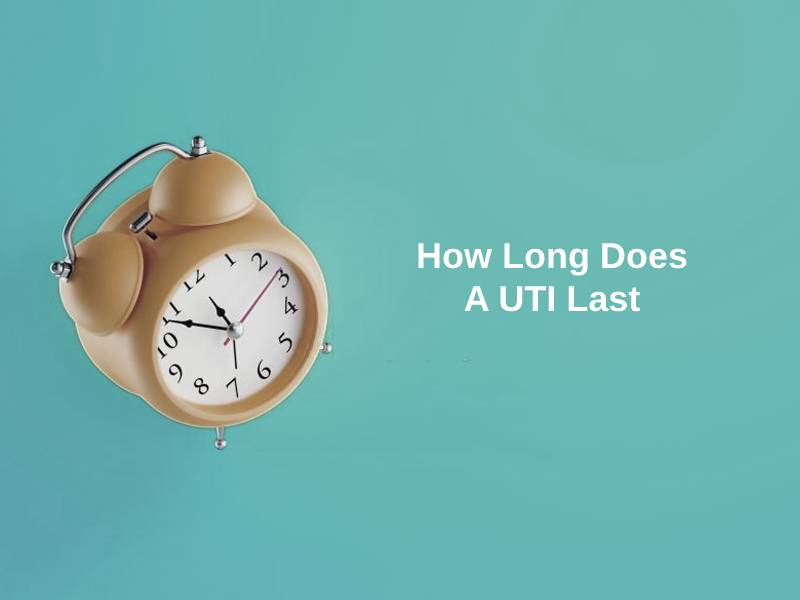
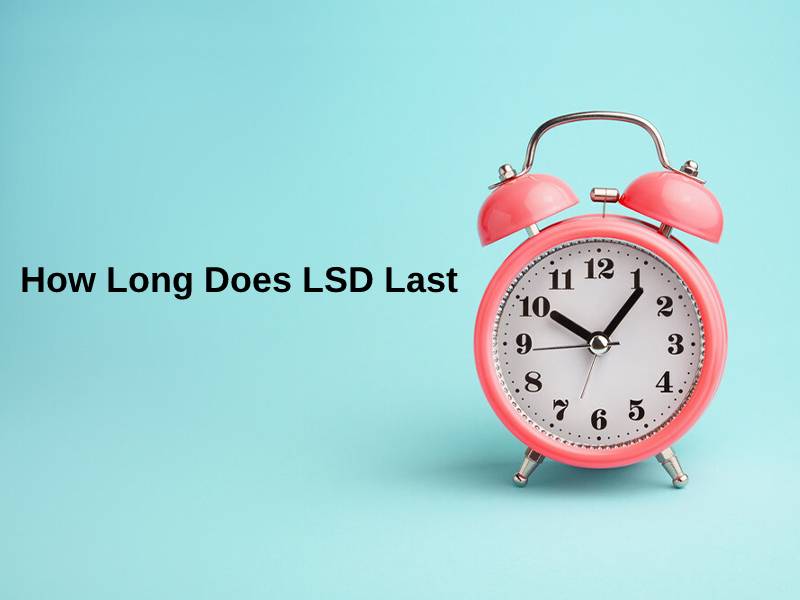
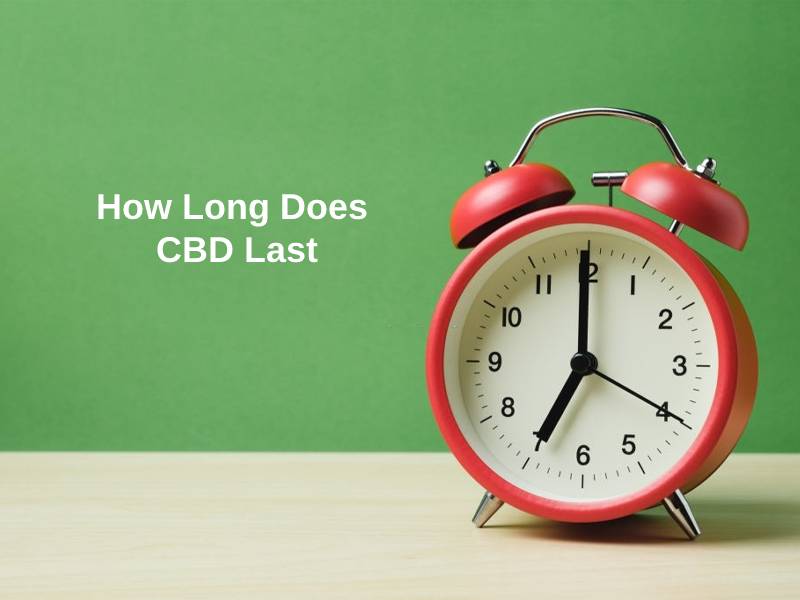

The information presented in this article about gum grafting and post-operative recovery is both informative and comprehensive. It’s a compelling read for those exploring this procedure.
This article successfully delves into the recovery phase after gum grafting, offering crucial information for individuals preparing for this treatment.
Absolutely, the details provided about the recovery process are enlightening and essential for patients considering gum grafting.
The article provides a thorough explanation of gum grafting and factors influencing recovery. Informative and insightful for anyone interested in this treatment.
This article offers valuable insights into the recovery phase after gum grafting, shedding light on critical considerations for patients.
Absolutely, the detailed analysis of post-operative recovery is beneficial for readers. It enhances our understanding of the recovery process.
The article gives a comprehensive overview of gum grafting, covering various aspects from surgery to post-operative care. A great read for anyone considering this treatment.
The recovery process sounds challenging, especially for older people. This article sheds light on the importance of age and overall gum condition in post-surgery recovery.
Absolutely, age is a crucial factor in the recovery process after gum grafting. This explanation really emphasizes that.
The explanation of the recovery process after gum grafting is quite detailed and informative. It’s important for patients to understand the factors influencing recovery time.
Absolutely, the recovery period plays a significant role in patient comfort. This article effectively addresses that aspect.
This article gives valuable insights into the recovery phase after gum grafting. It’s enlightening to learn about the factors affecting recovery.
The article effectively outlines the process and recovery aspects of gum grafting. It’s a valuable resource for patients seeking information about this procedure.
This article provides a clear and comprehensive explanation of gum grafting. It’s informative and helpful for anyone considering this procedure.
I agree, the detailed explanation helps readers understand the process better.
The dietary recommendations and recovery details provided in this article are crucial for individuals undergoing gum grafting. It emphasizes the importance of post-operative care.
Absolutely, understanding the dietary and recovery guidelines is essential for patients. This article effectively communicates that information.
The dietary guidelines and recovery time after gum grafting are explained well. It’s essential for patients to be informed about the post-operative care.
Agreed, the article provides valuable insights into the recovery process and the importance of diet after gum grafting.
Absolutely, understanding the dietary restrictions for post-surgery recovery is crucial. This article delivers that information effectively.
I appreciate the in-depth details about the different methods of gum grafting. It’s interesting to learn about the various approaches dentists can take in this procedure.
Yes, the information about the different gum grafting methods is quite enlightening. It broadens our understanding of the procedure.